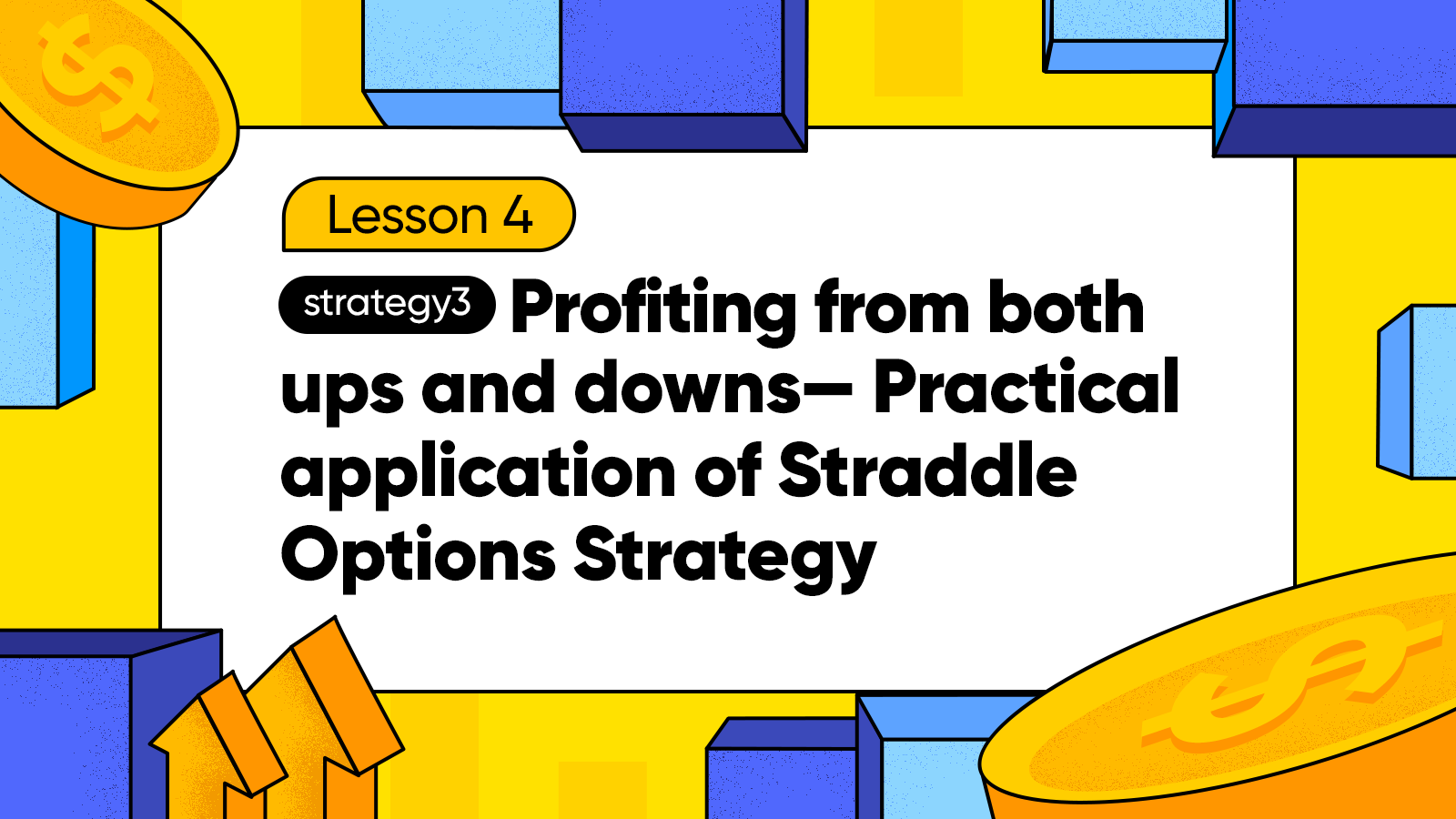
Welcome to the "Option Strategies - Spreads and Combinations" class. We're familiar with the fact that options are a type of financial derivative, known for their potential for both high risk and high returns. They can be employed for straightforward directional trading strategies involving single-legged options. For many investors this may be too risky, but options can be combined to allow us to control the risk.
Options strategies can be used in different trading scenarios and we will teach you in 5 lessons what the strategies are and how to trade them with step-by-step instructions using the Tiger Trade app.
First, let's figure out what options spreads and combinations strategies are.
1. What are portfolio Options?
The term "Options Strategy," usually is a spread or combination of options and is commonly known as a multi-legged options strategy. For instance, when you individually buy or sell a call or put option, it is known as a single-legged or naked buying/selling strategy. However, if you simultaneously buy/sell a call/put option and also sell/buy another call/put option, or if you hold a long or short position in stocks while engaging in options trading, this constitutes a multi-legged options strategy.
In simple terms, a portfolio of multiple options forms covered, spread or combination options strategy.
There are numerous types of options strategies, with common examples being spread strategies and straddle strategies. Compared to single-legged strategies, multi legged options strategies are slightly more intricate and often yield lower returns during one-sided market trends. Given this, one might wonder: why should we still consider employing covered, spread of combo options strategies?
2. Why Engage in Options Strategies?
There are two main reasons for engaging in portfolio options strategies:
2.1 Risk Control
In a market, ranging fluctuations are far more common than sustained one-directional trends. Apart from the risk posed by adverse price movements, single-leg options traders, especially buyers, also contend with losses from the decay of time value.
For instance, let's consider Jack who believes that the stock of $NVIDIA Corp(NVDA)$ will rise in the future. Employing a single-leg options strategy, he purchases a call option on Nvidia. If we assume that the probabilities of Nvidia's stock price rising, falling, or remaining unchanged in the future are all equally likely, then Jack would incur losses in both the falling and unchanged scenarios, resulting in only a one-third chance of success. Particularly in the case of a price decline, the losses could be significant, albeit they are limited to the premium paid for the option.
However, if Jack employs a multi-legged options strategy, such as the straddle strategy that we will discuss later, he can mitigate the risk of the stock price decline and increase his success rate to 2/3 under unchanged conditions.
2.2 Amplification of Returns
Suitable options strategies, compared to single-leg options, can amplify returns. Continuing with the previous example: Jack believes that Nvidia's stock will rise in the future. Assuming Nvidia's current price is $455 and his target price is $500, if Jack only purchases an at-the-money $455 call option, and the stock rises to $500 then his return will be limited to $45 minus the premium paid. But if Jack sells a call option with a strike price of around $500, he can generate additional premium income. As long as the stock price doesn't exceed $500, the seller of the call option benefits from the premium received.
However, the risk is that if the stock price falls below $455, the call option bought with an strike price of $455 will lose money, or even the entire portfolio will lose money if the drop is too large.
In summary, employing options strategies caters to various complex scenarios, offering flexibility and numerous benefits. So, what are some commonly used portfolio options strategies? We will unveil them in the next session.



Comment(18)
indeed options are a way to "turn around" direction of yr stock to have better chance of profit..